You Don’t Need a Diagnosis to Fight Inflammation—Start with Daily Habits
You don’t have to be diagnosed with a chronic illness to feel the effects of inflammation. That nagging headache, the morning stiffness in your joints, the unexplained fatigue by afternoon—it could all be inflammation quietly working behind the scenes.
The good news !
You don’t have to buy an expensive supplement or a rigid diet plan to turn things around. In fact, the solution lies in the small choices you make every day.
Whether you’re trying to prevent disease or simply want to feel lighter, more energetic, and less foggy, this guide will walk you through daily habits to reduce inflammation in the body—based on science and easy enough to actually stick to.
🔬 What Exactly Is Inflammation—and Why Does It Matter?
Inflammation is part of your body’s natural immune response. When you’re injured or fighting an infection, inflammation helps you heal. But when it sticks around long after the threat is gone, it becomes chronic inflammation—and that’s where the trouble begins.
Over time, chronic inflammation can damage tissues and organs, and it’s been linked to conditions like:
- Arthritis
- Diabetes
- Obesity
- Heart disease
- Depression
- Even cancer
It’s often invisible—but it’s working against you. That’s why the goal isn’t to eliminate inflammation entirely, but to balance it with a lifestyle that supports healing and regulation.
The best part? Your daily routine has the power to influence it.
🌅 1. Start Your Morning Right
How you begin your day sets the tone for your entire body—including your inflammatory response. Most people don’t realize that poor hydration, stress, or a sugar-heavy breakfast can spike inflammation before 10 a.m.
Try building a gentle, anti-inflammatory morning routine:
- 💧 Hydrate first: Warm water with lemon supports digestion and flushes out toxins.
- 🌿 Add healing herbs: A turmeric-ginger tea in the morning is a natural inflammation fighter.
- 🧘 Move lightly: 10–15 minutes of yoga or stretching improves circulation and reduces morning stiffness.
- ☀️ Get sunlight: Natural light in the first hour of waking helps regulate cortisol—a hormone tied to stress and inflammation.
🥗 2. Eat an Anti-Inflammatory Diet
This is where the real magic happens. Food can either fuel your body or inflame it. And it’s not just about avoiding “bad” foods. It’s about consistently choosing the right ones that nourish your body and fight inflammation on a cellular level.
Even adding one anti-inflammatory meal a day creates a powerful, compound healing effect over time.
Include these on your daily plate:
- 🥦 Colorful vegetables: Leafy greens, bell peppers, broccoli, sweet potatoes
- 🍓 Fruits: Berries (especially blueberries and strawberries), cherries, oranges
- 🥑 Healthy fats: Olive oil, avocados, flax seeds, walnuts
- 🐟 Protein sources: Fatty fish like salmon, beans, lentils, and pasture-raised eggs (occasionally)
- 🌿 Herbs and spices: Turmeric, ginger, cinnamon, garlic
Limit or avoid:
- ❌ Refined carbs (white bread, pastries)
- ❌ Sugary drinks and snacks
- ❌ Trans fats (fried and processed foods)
- ❌ Excessive red or processed meats
- ❌ High alcohol consumption
🧭 Quick Reference Table:
| Food Type | Anti-Inflammatory Choices | What to Avoid |
| Fruits & Vegetables | Berries, spinach, kale, sweet potatoes | Canned or syrup-packed fruits |
| Fats | Extra virgin olive oil, flaxseed, avocado | Margarine, vegetable shortening |
| Proteins | Salmon, lentils, nuts | Sausages, bacon, processed meats |
| Beverages | Green tea, turmeric water | Sugary sodas, energy drinks |
| Grains | Quinoa, oats, brown rice | White bread, instant noodles |
🏃♀️ 3. Stay Physically Active
You don’t need to run a marathon to fight inflammation. In fact, overtraining can trigger it. What your body needs is consistent, moderate movement that improves circulation, supports detoxification, and keeps your joints healthy.
Ideal anti-inflammatory activities:
- 🚶 Brisk walking: Just 20 minutes a day can lower inflammatory markers
- 🏊 Swimming: Gentle on the joints and great for full-body movement
- 🧘 Yoga or Pilates: Reduces cortisol and enhances flexibility
- 🚴 Cycling or elliptical: Low-impact cardio that boosts blood flow
- 🏋️ Strength training (2–3x/week): Supports metabolism and muscle repair
What matters most is consistency.
Sitting for 8–10 hours a day—even if you work out—still triggers inflammation. Take movement breaks: stretch, walk during calls, or do squats between tasks.
😴 4. Prioritize Sleep—It’s When Your Body Repairs
Poor sleep is like fuel to the fire for inflammation. When you don’t rest, your body doesn’t get the chance to heal, detoxify, or regulate inflammatory responses. And this isn’t just about feeling tired—inflammation rises measurably after just one or two nights of poor-quality sleep.
How to fix it:
- Aim for 7–9 hours of quality sleep each night
- Create a bedtime routine: Stretching, herbal tea, journaling
- Avoid screens 1 hour before bed (blue light delays melatonin)
- Keep the room cool, dark, and quiet
- Go to bed and wake up at the same time daily—even on weekends
Sleep is when your brain clears out toxins and your body calms inflammatory pathways.
When you skip rest, you skip healing.
🧠 5. Manage Stress—Because Your Mind Affects Your Body
We often separate physical and emotional health, but the truth is—they’re deeply connected. Chronic stress is a major cause of inflammation, largely due to elevated cortisol. And unlike an infection, stress doesn’t just show up and go away. It lingers in your nervous system. Emotional inflammation often becomes physical.
The goal isn’t to eliminate all stress—it’s to regulate your response. Try:
- 🧘 Meditation (even 5 minutes a day) reduces stress hormones
- 🌬 Deep breathing: Inhale for 4, hold for 4, exhale for 6
- 📓 Gratitude journaling: Lowers cortisol and promotes emotional balance
- 📵 Digital detox: Step away from screens and negative inputs daily
- 🌳 Nature exposure: Walks in the park, gardening, or simply sitting under a tree ease your immune system
💧 6. Stay Well-Hydrated
Hydration might be the most overlooked anti-inflammatory tool. Your cells need water to function, flush toxins, and regulate inflammatory messengers.
Aim for:
- 8–10 cups a day (more if you exercise or sweat)
- Start your day with a glass of warm lemon water
- Replace sugary drinks with infused water (cucumber, mint, berries)
- Sip herbal teas: green tea, ginger tea, or rooibos are excellent choices
If you feel fatigued, foggy, or bloated, it could be dehydration masquerading as inflammation.
Make hydration a non-negotiable.
🌿 7. Incorporate Weekly Anti-Inflammatory Wellness Rituals
Daily habits are powerful, but weekly rituals act as deeper resets. Think of these as restorative check-ins for your body and mind.
Ideas to try:
🛁 Epsom Salt BathsMagnesium-rich Epsom salts ease muscle soreness, calm nerves, and relieve joint tension. Soak for 20 minutes once or twice a week.
📴 Digital Detox AfternoonsPick one afternoon per week—maybe Sunday—and unplug. No phone, no email, no news. Instead, read, cook, garden, or nap.
Stress-related inflammation significantly drops when you disconnect.
🥗 Meal Prepping Anti-Inflammatory FoodsSpend one day (like Sunday) prepping staples like roasted veggies, salmon, quinoa bowls, or turmeric soups.
Healing foods become effortless during busy weekdays.
🌳 Nature WalksAlso known as “forest bathing,” time in green spaces reduces inflammatory biomarkers and improves immunity.
Even 30 minutes a week has measurable benefits.
These are not indulgences—they are part of sustainable healing.
⚠️ 8. Avoid Common Inflammation Triggers
Even with the right habits, certain lifestyle choices can quietly sabotage your progress. Here’s what to watch for:
- Overexercising: Too much high-intensity training without rest can spike inflammation. Your body needs recovery.
- Ultra-processed “health” foods: Many protein bars, flavored yogurts, and “low-fat” snacks contain additives and inflammatory oils. Read labels.
- Excessive sitting: More than 6–7 hours a day increases inflammatory markers—even if you work out. Move regularly.
- Poor gut health: Bloating, irregular digestion, and heartburn are signs of imbalance. Support your microbiome with fiber, fermented foods, and probiotics.
- Artificial sweeteners: Aspartame and sucralose (in many diet sodas and sugar-free items) can disrupt gut bacteria and raise inflammation in sensitive people.
💊 9. Consider Natural Supplements Wisely
Supplements aren’t shortcuts—but when paired with lifestyle habits, they can enhance your body’s healing capacity.
✅ Always consult your doctor before starting supplements, especially if you’re on medication.
| Supplement | Key Benefit | Notes |
| Omega-3 (Fish Oil) | Reduces CRP and joint/heart/brain inflammation | Look for high EPA/DHA content |
| Turmeric (Curcumin) | Blocks NF-kB, an inflammatory molecule | Best absorbed with black pepper |
| Ginger Extract | Anti-inflammatory + digestive support | May help muscle recovery |
| Magnesium | Calms nerves, eases muscle tension | Ideal before bedtime |
| Probiotics | Strengthens gut lining and immune response | Choose multi-strain with high CFU count |
🌙 10. Create an Anti-Inflammatory Evening Routine
Evenings are perfect for engaging your parasympathetic nervous system—aka your “rest and repair” mode.
If your day was full of stress, processed food, or poor posture, this ritual can help restore calm.
Try this wind-down routine:
- 🍵 Herbal infusion: Chamomile, rooibos, ginger, or golden milk soothe the gut and mind
- 💆♀️ Gentle bodywork: Foam rolling, warm oil self-massage, or yin yoga improves circulation and lymphatic flow
- 🔅 Blue light cut-off: Use a dimming app or blue-light glasses to allow melatonin production
- 📓 Gratitude journaling: Just 3 minutes can lower cortisol and boost immune markers
Even if your day wasn’t perfect, your evening can still become a healing window.
📈 11. Track Your Progress (Without Obsession)
It’s hard to manage what you don’t measure. But instead of obsessing over numbers or calorie apps, focus on how you feel.
Create a simple weekly log using intuitive markers like:
- Energy levels (1–10 scale)
- Sleep quality (rested or restless)
- Mood (anxious, calm, irritated)
- Digestion (bloated, regular, cramping)
- Joint or body pain (yes/no scale)
- Sugar cravings (high/medium/low)
Here’s an example of what your tracker might look like:
| Day | Energy | Mood | Sleep Quality | Cravings | Notes |
| Mon | 6/10 | Irritable | Restless | High | Late meal + 2 coffees |
| Tue | 7/10 | Steady | Good | Medium | Walk + no screens at night |
| Wed | 8/10 | Calm | Excellent | Low | Added turmeric tea |
Over time, patterns will emerge. They’ll show you what’s working, what needs tweaking, and where your inflammation might be flaring.
✨ 12. Signs Your Anti-Inflammatory Lifestyle Is Working
You may not see instant results—but your body begins healing the moment you reduce its internal workload. These are some subtle (but powerful) signs that your habits are paying off:
- You wake up feeling clear-headed and rested
- Your digestion is lighter and more predictable
- Fewer headaches, bloating, or joint aches
- Your mood feels steadier, less reactive
- Your skin begins to clear or glow
- You no longer crash after meals or crave sugar constantly
Healing doesn’t always feel dramatic—but it always feels better.
🩺 13. When to See a Doctor or Specialist
If you’ve been consistently practicing anti-inflammatory habits for 6–8 weeks and still feel unwell, don’t self-blame. It may indicate something deeper, such as:
- An autoimmune condition or food intolerance
- Chronic infections (like gut parasites or H. pylori)
- Hormonal imbalances disrupting cortisol and inflammation
- Unresolved trauma or mental health issues triggering physical stress
In these cases, working with a functional medicine doctor, integrative dietitian, or holistic practitioner can provide the testing and guidance you need.
🧘 Summary | Inflammation Is a Messenger—Not an Enemy
If there’s one truth this guide hopes you walk away with, it’s this:
Inflammation is your body asking for change.It’s not punishing you—it’s inviting you to listen.
The daily and weekly habits you now know aren’t restrictive. They’re liberating. They empower you to feel more like yourself—calm, energized, pain-free, and focused.
You don’t have to be perfect.
You just have to be consistent enough to let healing become your norm.
Your body will meet you where you are.
So light the candle.
Sip the tea.
Take the walk.
Eat the colour.
Breathe deeper.
Your inflammation will quiet.
And in that silence, your vitality will rise.
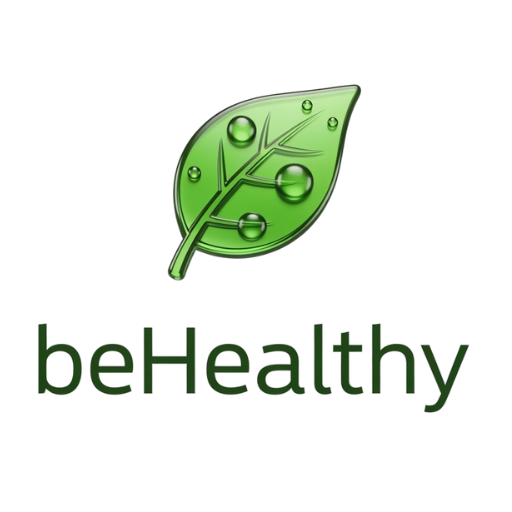
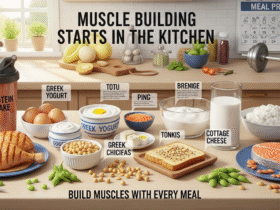


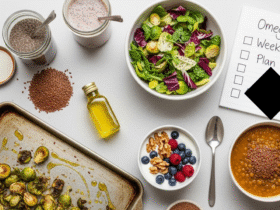
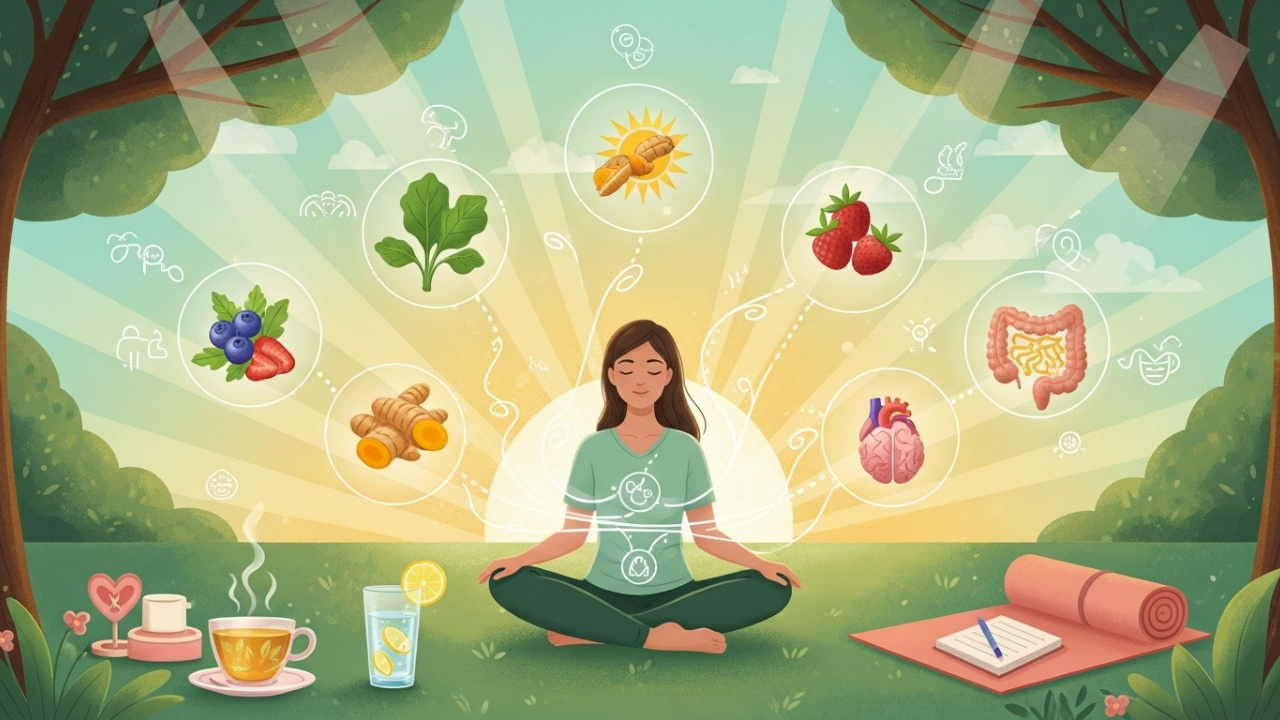
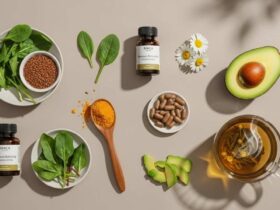

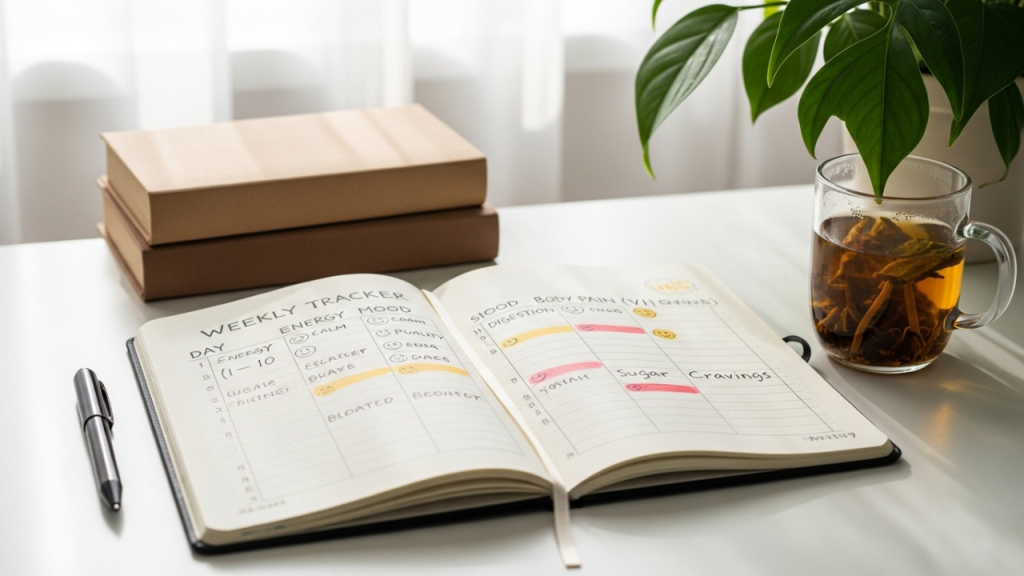
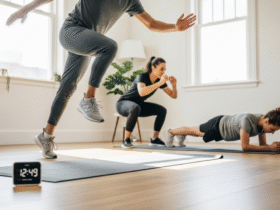



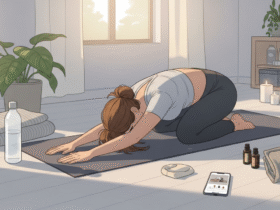
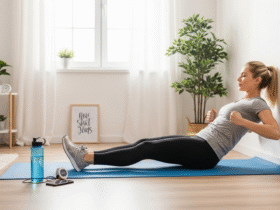

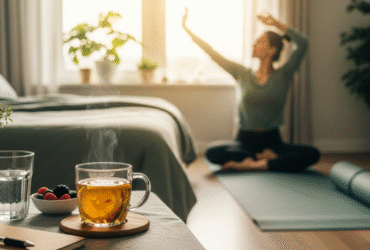

Leave a Reply